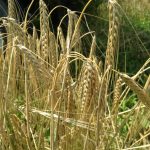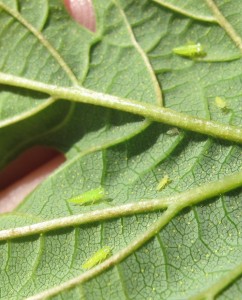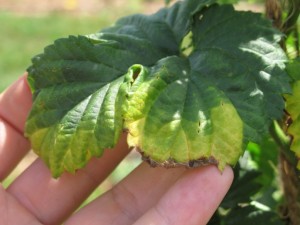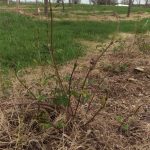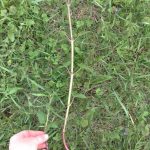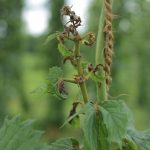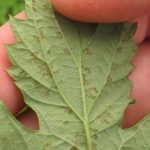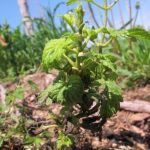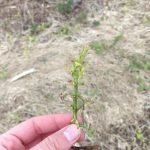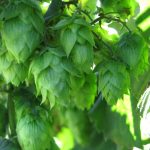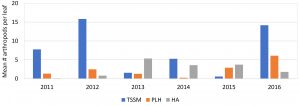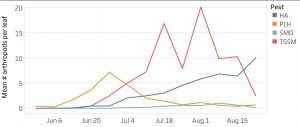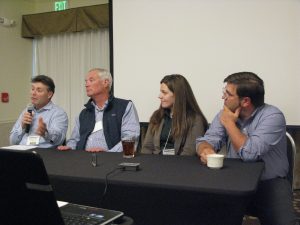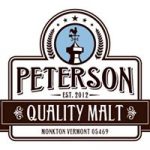 Andrew Peterson of Peterson Quality Malt has been malting Vermont-grown grains to supply Vermont’s rapidly growing market of brewers and distillers. He believes that these local businesses deserve a fresh, local product to make their brews and spirits.
Andrew Peterson of Peterson Quality Malt has been malting Vermont-grown grains to supply Vermont’s rapidly growing market of brewers and distillers. He believes that these local businesses deserve a fresh, local product to make their brews and spirits.
Since opening the malt house in 2012, his business has continued to expand as the demand for malted grains continues to increase. Today, Andrew has 160 acres of barley with the plan to expand to 500 acres next year. At the mill, he malts 2 ton batches every 5 to 6 days.
Join us, UVM Extension and Andrew, on August 22, 2017 to tour the barley fields and visit the malting facility. We will start the workshop promptly at 11:00 a.m. at Andrew Peterson’s barley fields on the Van De Weert farm at 3670 Route 7, Ferrisburgh. We will discuss barley harvesting and processing for malt production. At noon, we will travel to Peterson Quality Malt for lunch and tour the facility to learn about malting small grains and grain quality requirements necessary for producing high quality malt.
The field day is free but pre-registration is required to give us an accurate lunch count. R.S.V.P. at https://www.eventbrite.com/e/havesting-and-malting-barley-tickets-36936884215 or contact Susan Brouillette at 802-524-6501 or susan.brouillette@uvm.edu.
 More information about the event may be found in the field day flyer here. This event is supported with funding from the USDA Risk Management Agency and Northeast SARE.
More information about the event may be found in the field day flyer here. This event is supported with funding from the USDA Risk Management Agency and Northeast SARE.

